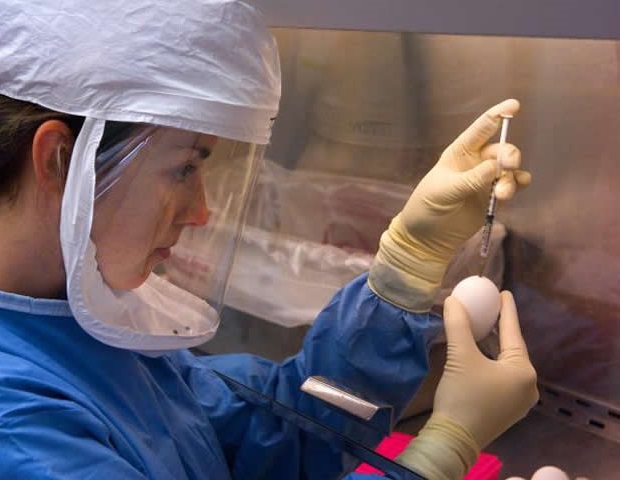The COVID-19 pandemic adversely impacted K-12 education and its effects have been well documented. However, there has been less focus on how the pandemic affected the special education system and, specifically, that system here in Michigan.
To provide more insight and data, researchers at Michigan State University’s College of Education published a new study exploring learning gaps for students with disabilities and especially for those who are Black, Asian, and economically disadvantaged students -; with the 2019-21 school years showing staggering declines in identifying students who could benefit from special education.
Declines in special education identification during remote learning
The study, published in Educational Evaluation and Policy Analysis, examined the number of students who were identified by school specialists as needing special education services from a sample size of over 2.9 million Michigan students from 2012 to 2023.
During the 2019-20 and 2020-21 school years, identifications fell by a staggering 19% and 12%, respectively. Specific learning disabilities -; brain-based disorders that affect a person’s ability to understand or use language, read, write, or do math -; were the most impacted. Economically disadvantaged students and students from underrepresented backgrounds, particularly Black and Asian students, experienced disproportionately larger declines in special education services.
According to Associate Professor Adrea Truckenmiller, one of the researchers on the study, “Even before the pandemic, our evaluation processes for specific learning disabilities were difficult for schools with strained resources to implement and were not sensitive enough to detect specific learning disabilities before grades 3 through 5. These data from the pandemic show how events can exacerbate already vulnerable systems.”
The study attributes the disruption in special education identification to the challenges in providing pre-referral intervention and other required evaluation procedures during remote learning across most of the state’s public-school districts.
Identification rates returned to pre-pandemic trends during the 2021-22 school year and saw continued growth into 2022-23. However, the sharp decline in identifications from 2019-21 could have long-lasting implications.
Why in-person learning matters
The research suggests that districts with fully remote learning had the steepest declines in special education identification. This trend appeared less severe in hybrid and fully in-person settings, highlighting the importance of physical classroom interactions in identifying and supporting students with disabilities.
The scholars also addressed the complex process schools must follow to identify specific learning disabilities, which involved weeks of targeted interventions, detailed data collection, and strict criteria to ensure accurate diagnoses.
There is a lot of evidence suggesting that the earlier a student is identified and receives support, the better the long-term outcomes are. Missing that window could have lasting negative effects, which is why it is so important to address these gaps now.”
Matthew Guzman, study’s second author and fourth-year doctoral student in the Education Policy program
Providing early intervention in grades K-3 can help close the achievement gap between students with and without disabilities. It also reduces the need for intensive instruction outside the general classroom, allowing more students with disabilities to stay fully included in general education.
Other researchers on the study included Marisa Fisher, associate professor in the Department of Counseling, Educational Psychology and Special Education; Scott Imberman, professor in the Department of Economics and in the Education Policy doctoral program; Katharine Strunk, former director of the Education Policy Innovation Collaborative, or EPIC; and Bryant Hopkins, former postdoctoral researcher at EPIC.
The scholars hope the study will inform future policy on improving early identification processes, addressing disparities in special education services and ensuring equitable support for students with disabilities, especially during times when resources are stretched thin.
Hopkins, B. G., et al. (2024). Trends in Special Education Identification During the COVID-19 Pandemic: Evidence From Michigan. Educational Evaluation and Policy Analysis. doi.org/10.3102/01623737241274799.
Source link : News-Medica

